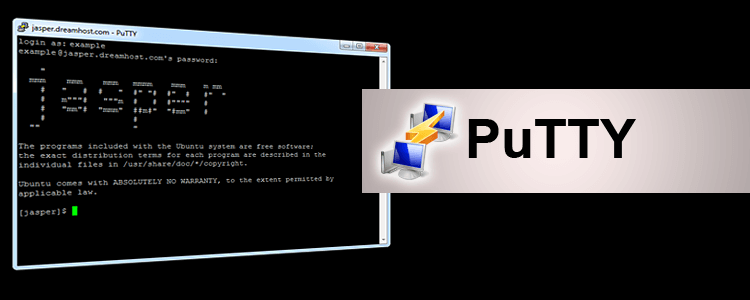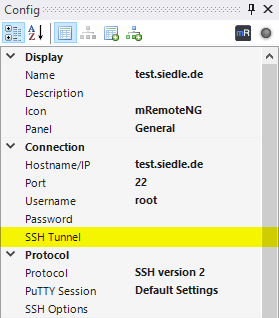

- SSH PROXY THROUGH FREE REMOTE SHELL FULL
- SSH PROXY THROUGH FREE REMOTE SHELL WINDOWS 10
- SSH PROXY THROUGH FREE REMOTE SHELL SOFTWARE
SSH also supports password-based authentication that is encrypted by automatically generated keys. The ssh-keygen utility produces the public and private keys, always in pairs.
SSH PROXY THROUGH FREE REMOTE SHELL FULL
The private key can also be looked for in standard places, and its full path can be specified as a command line setting (the option -i for ssh). However, for additional security the private key itself can be locked with a passphrase.
SSH PROXY THROUGH FREE REMOTE SHELL SOFTWARE
When the public key is present on the remote end and the matching private key is present on the local end, typing in the password is no longer required (some software like Message Passing Interface (MPI) stack may need this password-less access to run properly). This file is respected by SSH only if it is not writable by anything apart from the owner and root. On Unix-like systems, the list of authorized public keys is typically stored in the home directory of the user that is allowed to log in remotely, in the file ~/.ssh/authorized_keys. Accepting an attacker's public key without validation will authorize an unauthorized attacker as a valid user associate the public keys with identities, before accepting them as valid.

In all versions of SSH it is important to verify unknown public keys, i.e. SSH only verifies whether the same person offering the public key also owns the matching private key. While authentication is based on the private key, the key itself is never transferred through the network during authentication.

The public key is placed on all computers that must allow access to the owner of the matching private key (the owner keeps the private key secret). In this scenario, anyone can produce a matching pair of different keys (public and private). There are several ways to use SSH one is to use automatically generated public-private key pairs to simply encrypt a network connection, and then use password authentication to log on.Īnother is to use a manually generated public-private key pair to perform the authentication, allowing users or programs to log in without having to specify a password. SSH uses public-key cryptography to authenticate the remote computer and allow it to authenticate the user, if necessary. The encryption used by SSH is intended to provide confidentiality and integrity of data over an unsecured network, such as the Internet, although files leaked by Edward Snowden indicate that the National Security Agency can sometimes decrypt SSH, allowing them to read the contents of SSH sessions. Those protocols send information, notably passwords, in plaintext, rendering them susceptible to interception and disclosure using packet analysis. SSH was designed as a replacement for Telnet and for unsecured remote shell protocols such as the Berkeley rlogin, rsh, and rexec protocols.
SSH PROXY THROUGH FREE REMOTE SHELL WINDOWS 10
Windows 10 uses OpenSSH as its default SSH client. SSH is generally used to access Unix-like operating systems, but it can also be used on Windows. The protocol specification distinguishes between two major versions, referred to as SSH-1 and SSH-2. SSH provides a secure channel over an unsecured network in a client–server architecture, connecting an SSH client application with an SSH server. Typical applications include remote command-line login and remote command execution, but any network service can be secured with SSH.

Secure Shell (SSH) is a cryptographic network protocol for operating network services securely over an unsecured network.


 0 kommentar(er)
0 kommentar(er)
